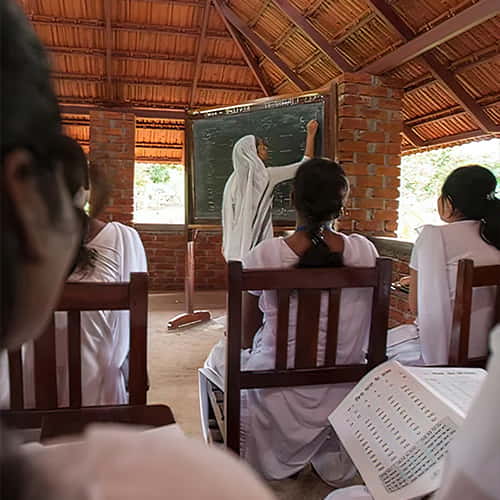Organizations Fine-tune How to Fix Illiteracy
From international organizations with global reach to state-based non-profits serving their own population, hundreds of philanthropic groups research, write curriculum and fund solutions that address the question of how to fix illiteracy. Illiteracy has been identified as one of the top problems connected to poverty and its cyclical and generational nature. Learning how to combat illiteracy and becoming part of the solution is a worldwide need.
Dr. Radhika Kapur of the University of Delhi wrote,
“In India, there have been [a] number of individuals, especially who belong to economically backward sections, socio-economically deprived groups, disadvantaged groups and deprived categories, who are not able to acquire any kind of education or literacy skills.”1
In his research on illiteracy, Dr. Kapur went on to write,
“The impacts of illiteracy upon the lives of the individuals are always negative and have unconstructive influences, when they are not able to read, write or solve numerical problems, they face immense problems such as [being] unable to travel from one place to another, unable to open bank accounts and carry out banking transactions of depositing and withdrawing of money, unable to put their signatures wherever required, unable to purchase products from the market and so forth.”
He notes that the most negative impact is the inability to get a job that makes enough to rise above poverty.2
In its Read to Feed program, Heifer International discovered that incentivizing literacy training can have a positive impact. Along with other philanthropic efforts in rural areas, they also incorporate literacy training.3
Global Citizen reported that locally, people can help by volunteering at reading programs, serving those who are incarcerated, donating books to programs and contributing to tiny libraries. Each of these help address one aspect of how illiteracy can be solved.4
On a global scale, organizations are addressing illiteracy with programs that facilitate adult learning and literacy. They teach in the native tongue, foster a love of reading, embed literacy in other programs and use technology when it makes sense. Rana Dajani, founder of We Love Reading in Jordan, adds that another solution for how to fix literacy is promoting the joy of reading:
“Fostering a love of reading is the first step to improving literacy but is something that many development programs fail to appreciate, instead focusing on inputs such as books.”5
Kassia was one woman who was delighted to finally learn to read and write, but it didn’t happen until she was 45 years old.6 When Kassia was a girl, her mother died, and the little girl took over caring for her family; this meant no school and no learning.
As she got older, Kassia started experiencing exhaustion and a swollen belly. Doctors did not know how to help her. She struggled to serve her family in the way she wanted to. Then she met the GFA Sisters of Compassion. They didn’t know how to fix her health, but they did have the joy of offering Kassia literacy classes. Even though she didn’t feel well, Kassia faithfully attended, knowing how important it was.
Soon the Sisters invited Kassia to Sunday worship services where she learned about Jesus Christ and His love. She learned about how He healed people. Kassia started to wonder if she could be healed, too. She decided to place her faith in Him, and God was gracious and healed her completely.
Kassia said,
“I am very thankful to the Lord for healing me completely. I trust in Him … as the Savior of my life.”
She continues to learn how to read and write, which will allow her to read a Bible and grow in her relationship with her Savior.
Click here, to read more about this article.
Click here, to read more blogs in Gospel for Asia.Org


Comments
Post a Comment